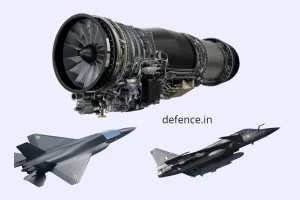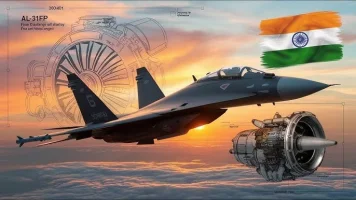- Views: 730
- Replies: 7
While a few powerful nations like the United States, Russia, and China maintain fleets of strategic bombers (SBs) for long-range attacks, India has chosen a different path.
Despite facing potential threats from China and Pakistan, India has opted not to acquire these aircraft, focusing instead on other military capabilities.
India's defense strategy centers on regional security, relying on multi-role fighter jets capable of various missions, including air-to-air combat and ground attacks. This approach aligns with the need to address potential conflicts with neighboring countries.
Strategic bombers, designed for deep penetration into enemy territory, represent a different strategic model and would require significant financial investment and changes in military doctrine. Given India's existing defense budget commitments, the cost of acquiring, operating, and maintaining such a fleet has been deemed prohibitive.
Furthermore, India's current fighter jets and an expanding arsenal of ballistic and cruise missiles can effectively reach targets within Pakistan and China. While China possesses H-6 bombers, India has chosen to counter this threat through alternative means, such as developing its own ballistic missiles and strengthening its naval power.
Additionally, India has bolstered its air defense systems to protect against potential bomber incursions.
Operating strategic bombers requires specialized infrastructure, training, and logistics. The technological challenges and the vulnerability of large bombers to modern air defenses raise questions about their effectiveness. India has instead prioritized stealth technology, precision strikes from fighter jets, and cruise missiles, which offer similar strategic impact with reduced risk.
India has invested heavily in alternative platforms for strategic deterrence, including long-range cruise missiles like the BrahMos and Nirbhay, launched from various platforms, including aircraft. These missiles offer a comparable strategic reach to bombers.
Advancements in satellite technology and unmanned aerial vehicles (UAVs) provide further surveillance and strike capabilities.
Despite occasional interest in acquiring strategic bombers like the Russian Tu-160, the Indian Air Force has consistently emphasized other priorities. The focus remains on enhancing capabilities through versatile fighter jets, robust air defense systems, and a nuclear triad that includes land, sea, and air-launched nuclear weapons, ensuring strategic deterrence without relying on strategic bombers.


